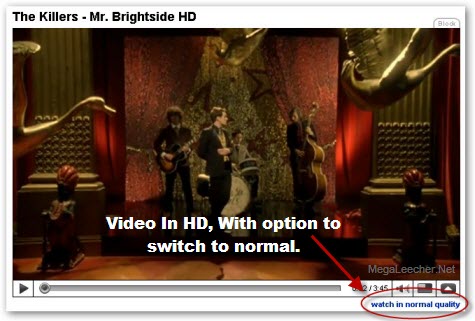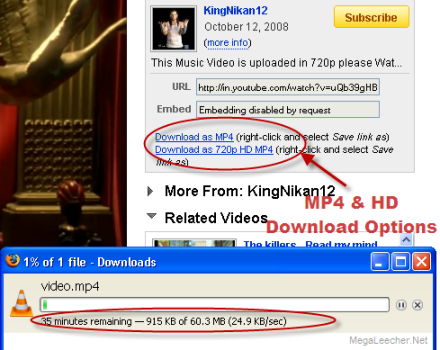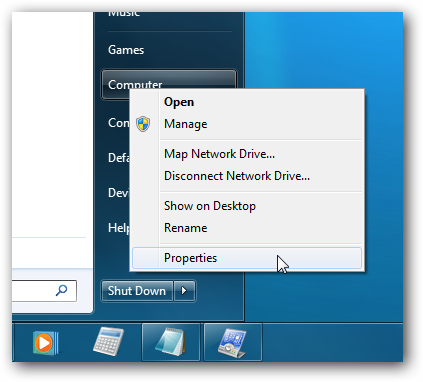
If you're dying to try out Windows 7 but aren't ready to give up your installation of XP or Vista, let's take a look at how to dual boot Windows 7 with XP or Vista.
Step 0: Download the Windows 7 Beta and Burn It to a DVD
 Assuming you've already downloaded a fresh copy of Windows 7, you'll need to burn it to a DVD in order to do a fresh installation. To handle this task, grab a copy of the most popular CD and DVD burning tool ImgBurn, burn the ISO to a DVD, and move right along to step 1.
Assuming you've already downloaded a fresh copy of Windows 7, you'll need to burn it to a DVD in order to do a fresh installation. To handle this task, grab a copy of the most popular CD and DVD burning tool ImgBurn, burn the ISO to a DVD, and move right along to step 1.Step 1: Partition Your Hard Drive
Before you go installing Windows 7, the first thing you need to do is create a new partition on your hard drive to hold the new installation of Windows. Partitioning your hard drive will vary depending on whether you're running XP or Vista—namely because Vista has a partition tool baked in, XP does not.Partition Your Hard Drive in XP
To partition your hard drive in Windows XP, you'll need to download some sort of third-party partitioning software. There are a lot of options available, but I prefer to stick with the previously mentioned GParted live CD, a free, open source boot CD that can handle all kinds of partitioning duties. To use it, just download the GParted Live CD, burn it to a CD, then reboot your computer (booting from the disc). You'll boot right into the partitioning tool. HowtoForge's previous guide to modifying partitions with GParted is a great place to start, but it's a fairly basic procedure:
To use it, just download the GParted Live CD, burn it to a CD, then reboot your computer (booting from the disc). You'll boot right into the partitioning tool. HowtoForge's previous guide to modifying partitions with GParted is a great place to start, but it's a fairly basic procedure:- Resize your current OS drive to free up enough space for a Windows 7 partition (the minimum system requirements ask for 16GB).
- Create a new partition from the newly freed space.
- Apply your changes.
Partition Your Hard Drive in Vista
The folks at Redmond were kind enough to include a disk partitioning tool in Vista if you know where to look. So go to Control Panel -> System and Maintainence (skip this one if you're in Classic view) -> Administrative Tools -> Computer Management. Once you launch the Computer Management tool, click on Disk Management under the Storage heading in the sidebar. It's partitioning time. Luckily we've already gone down this road before in step-by-step detail, complete with pictures, so check out our previous guide to creating a new partition in Vista. In a nutshell, you'll need to shrink your current OS partition to free up at least 16GB of disk space (per the Windows 7 minimum system requirements), then create a "New Simple Volume" from the free space.
Luckily we've already gone down this road before in step-by-step detail, complete with pictures, so check out our previous guide to creating a new partition in Vista. In a nutshell, you'll need to shrink your current OS partition to free up at least 16GB of disk space (per the Windows 7 minimum system requirements), then create a "New Simple Volume" from the free space.Step 2: Install Windows 7
Now that you've done all the heavy lifting, it's time for the easy part: Installing Windows 7 on your new partition. So insert your Windows 7 disc and reboot your computer (you'll need to have enabled booting from your DVD drive in your system BIOS, but most PCs will have this enabled by default).Once the DVD boots up it's a simple matter of following along with the fairly simple installation wizard. When you're choosing installation type, be sure to select Custom (advanced) and choose the partition you set up above. (Be careful here. Choosing the wrong partition could mean wiping your other Windows installation altogether, so make sure you pick the new partition you just created.) After you select the partition, go grab yourself a drink and let the installer do its work. Windows will run through some installation bits, restart a few times in the process. Eventually you'll be prompted to set up your account, enter your license key, and set up Windows. Keep your eyes open for fun new Windows 7 features, like your new homegroup (and the accompanying password). When it's finished, you're up and rolling with your new Windows 7 installation.
Congratulations! You should now have a new entry for Windows 7 on your boot screen when you first start up your computer. You've now got all the tools necessary to dual-boot Windows 7 and XP or Vista—or even to triple-boot Windows 7, Vista, and XP. This isn't the only way to set up a multi-boot system by any means, but it's how I pulled it off. If you've got a method of your own that you prefer, let's hear it in the comments.










